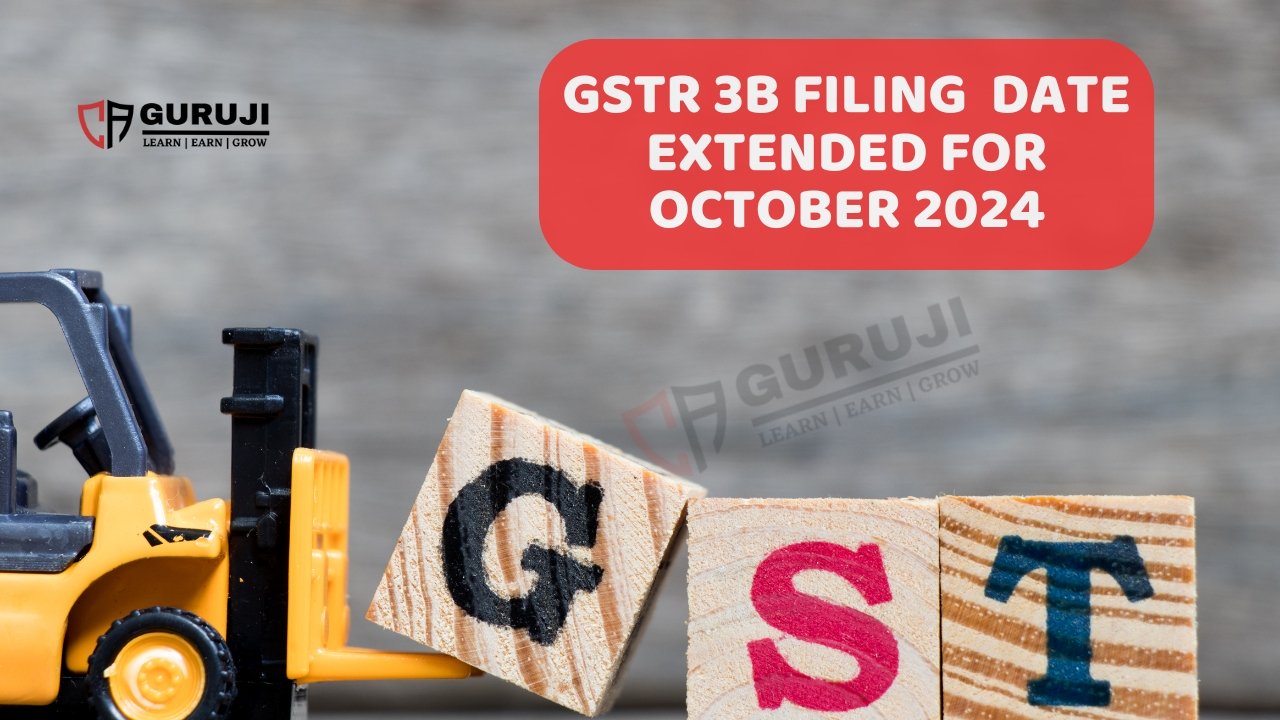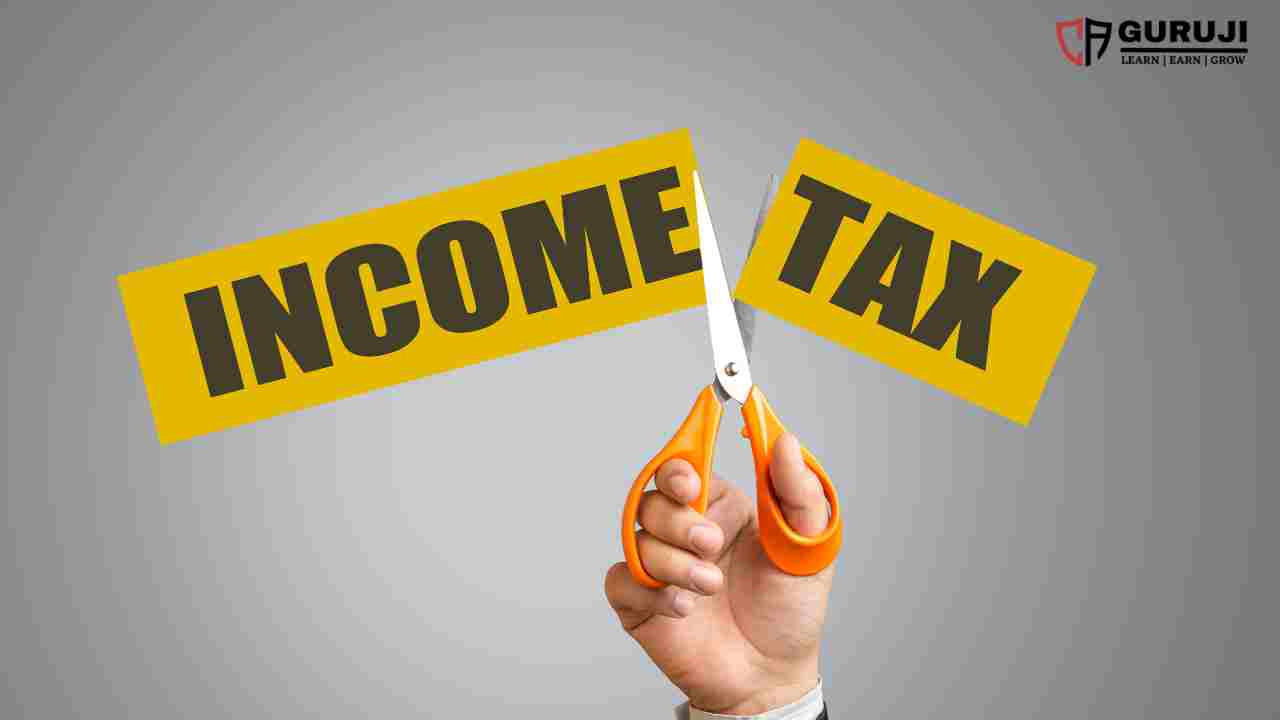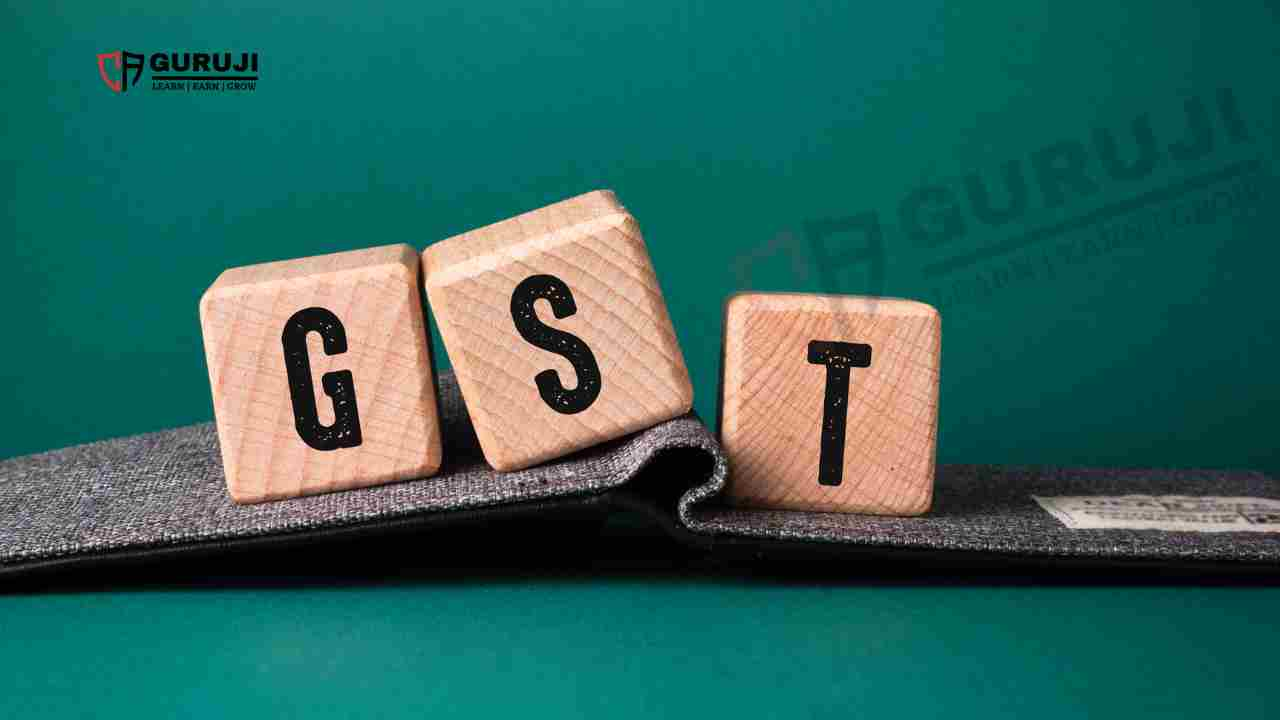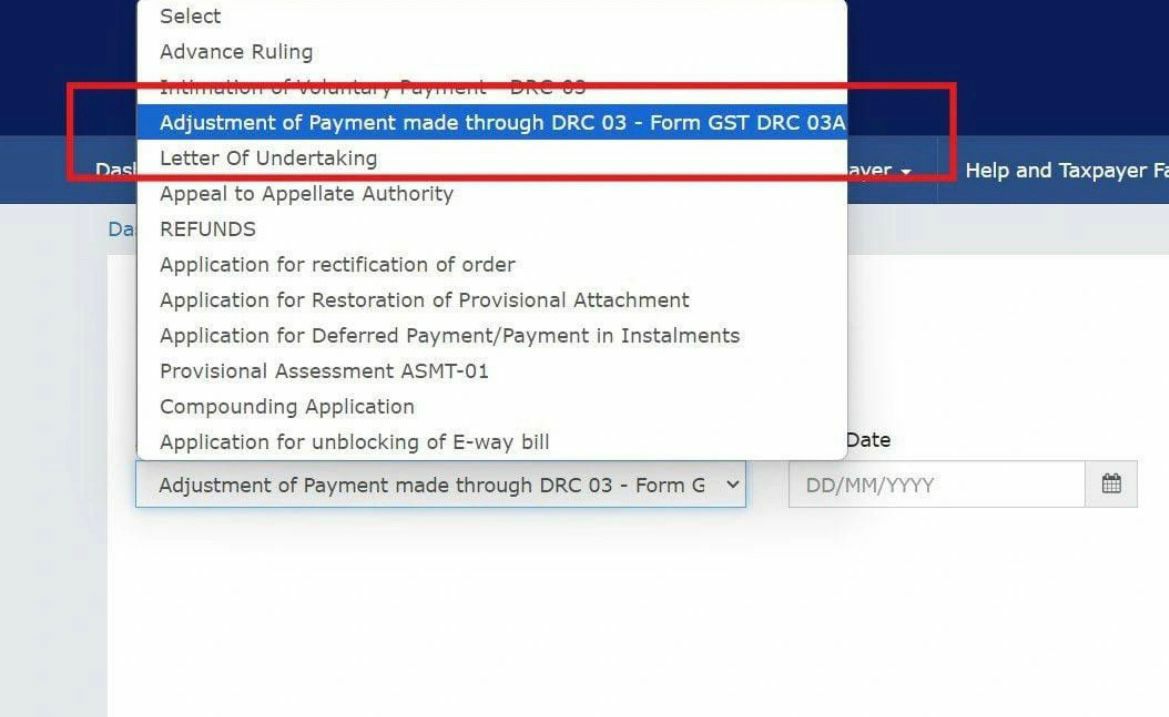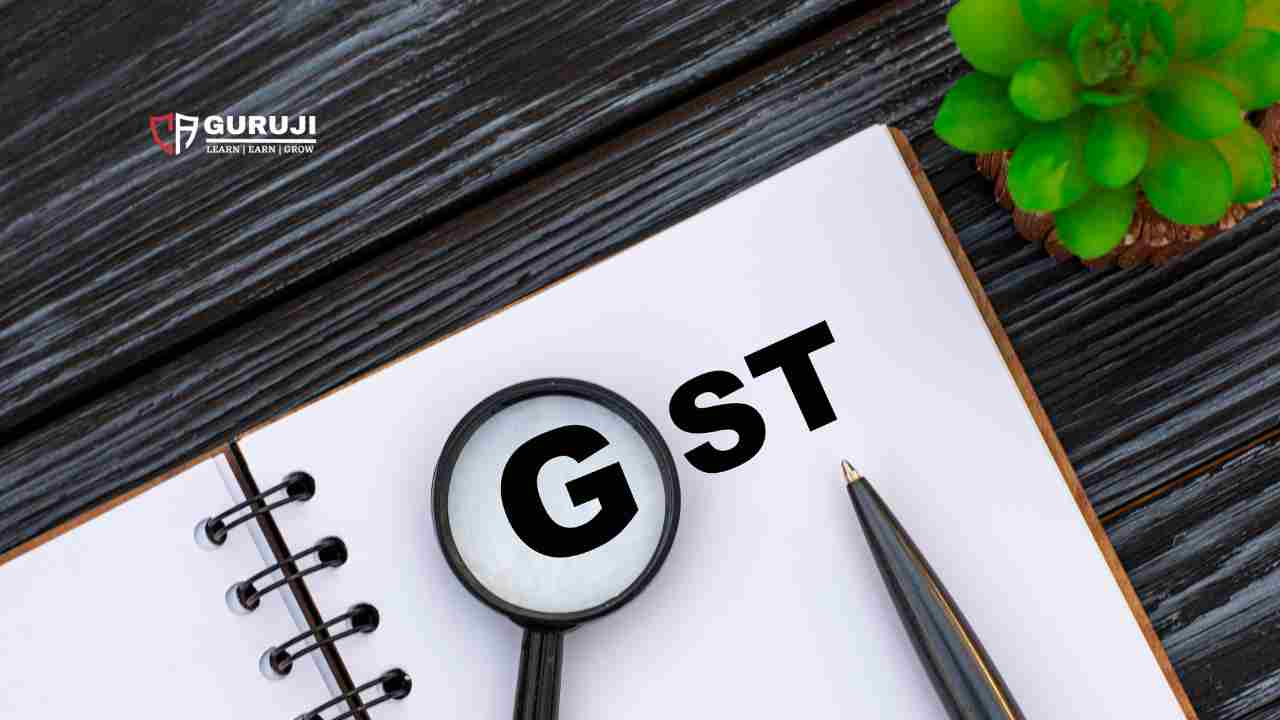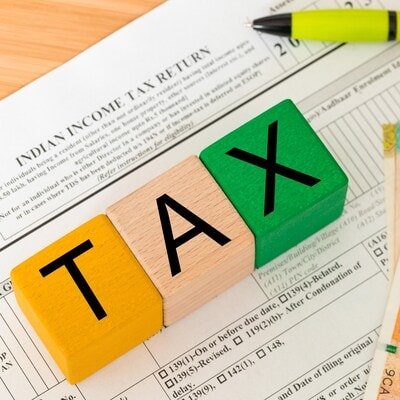Trademark a very important mark for the businesses.
What is a trademark?
A:
A trademark (popularly known as brand name) in layman’s language is a visual symbol which may be a word signature, name, device, label, numerals or combination of colours used by one undertaking on goods or services or other articles of commerce to distinguish it from other similar goods or services originating from a different undertaking. The legal requirements to register a trademark under the Act are:
- The selected mark should be capable of being represented graphically (that is in the paper form).
- It should be capable of distinguishing the goods or services of one undertaking from those of others.
- It should be used or proposed to be used mark in relation to goods or services for the purpose of indicating or so as to indicate a connection in the course of trade between the goods or services and some person have the right to use the mark with or without identity of that person.
Trademark Names: This includes the names of products, services, or brands that are registered as trademarks. For example, if a company sells a product called “ABC Widgets,” “ABC Widgets” would be listed as a trademark name.
Trademark Logos and Symbols: Logos, symbols, or graphical elements that represent the brand and are protected under trademark law. For instance, if a company’s logo consists of a specific design or graphical element, it would be included in the summary.
Trademark Slogans or Taglines: Any unique phrases or slogans associated with the brand that are registered trademarks. For instance, a famous slogan like “Just Do It” for Nike would be listed as a trademark.
Registration Details: Information about the registration status of each trademark, including registration numbers, dates of registration, and jurisdictions where the trademarks are registered. This helps in understanding the legal protection and scope of each trademark.
Classes of Goods or Services: Trademarks are registered for specific classes of goods or services. The summary may include details about which classes each trademark is registered for, indicating the range of products or services it covers.
Ownership Information: Details about the entity or entities that own the trademarks, including the company name, subsidiaries, or any other entities that may hold the rights to the trademarks.
Q:How to select a good trademark?
A:
If it is a word it should be easy to speak, spell and remember. The best trademarks are invented words or coined words or unique geometrical designs.
Please avoid selection of a geographical name, common personal name or surname. No one can have monopoly right on it.
Avoid adopting laudatory word or words that describe the quality of goods (such as best, perfect, super etc.)
It is advisable to conduct a market survey to ascertain if same/similar mark is used in market.
Easy to Speak, Spell, and Remember: A trademark should be simple and memorable for consumers to easily recall and communicate. This facilitates brand recognition and fosters consumer loyalty.
Invented or Coined Words: Creating unique words or phrases that have no prior meaning in the market can help ensure distinctiveness and strengthen trademark protection. These coined words can become synonymous with the brand over time.
Unique Geometrical Designs: Utilizing distinctive graphical elements or designs can enhance brand identity and make the trademark visually memorable. Such designs should be original and not commonly used in the relevant industry.
Avoid Geographical or Common Personal Names: Geographical names or common personal names lack distinctiveness and are often not eligible for trademark protection. Using such names may also lead to conflicts with existing trademarks.
Avoid Laudatory or Descriptive Words: Words that praise the quality or characteristics of the goods or services, such as “best,” “perfect,” or “super,” are generally not suitable for trademarks. These terms are considered descriptive and do not inherently distinguish the brand from others in the market.
Conduct Market Survey: Before finalizing a trademark, conducting a market survey can help assess whether similar marks are already in use. This reduces the risk of infringing on existing trademarks and avoids potential legal conflicts.
Q:What is the function of a trademark?
A:
Under modern business condition a trademark performs four functions
- It identifies the goods / or services and its origin.
- It guarantees its unchanged quality
- It advertises the goods/services
- It creates an image for the goods/ services.
Q:Who can apply for a trademark and how ?
A:
Any person, claiming to be the proprietor of a trademark used or proposed to be used by him, may apply in writing in prescribed manner for registration. The application should contain the trademark, the goods/services, name and address of applicant and agent (if any) with power of attorney, the period of use of the mark. The application should be in English or Hindi. It should be filed at the appropriate office.< /p>
The applications can be submitted personally at the Front Office Counter of the respective office or can be sent by post. These can also be filed on line through the e-filing gateway available at the official website.
Q:What are different types of trademarks that may be registered in India?
A:
- Any name (including personal or surname of the applicant or predecessor in business or the signature of the person), which is not unusual for trade to adopt as a mark.
- An invented word or any arbitrary dictionary word or words, not being directly descriptive of the character or quality of the goods/service.
- Letters or numerals or any combination thereof.
- The right to proprietorship of a trademark may be acquired by either registration under the Act or by use in relation to particular goods or service.
- Devices, including fancy devices or symbols
- Monograms
- Combination of colors or even a single color in combination with a word or device
- Shape of goods or their packaging
- Marks constituting a 3- dimensional sign.
- Sound marks when represented in conventional notation or described in words by being graphically represented.
Word Marks: Consisting only of words, letters, or numbers, without any special design elements.
Logo Marks: Comprising a visual design or symbol without any accompanying text.
Combined Marks: Incorporating both words and a design element together.
Service Marks: Used to distinguish services rather than physical products.
Shape Marks: Representing the shape of goods or their packaging, though registration criteria for these are stringent.
Sound Marks: Consisting of a unique sound or melody that serves as a brand identifier.
Color Marks: Consisting solely of a specific color or combination of colors.
Certification Marks: Indicating that the goods or services bearing the mark meet certain standards or qualifications.
Collective Marks: Used by members of a cooperative, association, or other collective group to identify their products or services.
Well-known Marks: Recognized widely by the public and protected even without registration.
Q:Who benefits from a trademark?
A:
The Registered Proprietor of a trademark can create establish and protect the goodwill of his products or services, he can stop other traders from unlawfully using his trademark, sue for damages and secure destruction of infringing goods and or labels.
The Government earns revenue as a fee for registration and protection of registration of trademarks. The Legal professionals render services to the entrepreneurs regarding selection registration and protection of trademarks and get remunerations for the same
The Purchaser and ultimately Consumers of goods and services get options to choose the best.
- Legal Protection: It provides exclusive rights to use the mark in connection with your goods or services, allowing you to take legal action against infringers.
- Brand Recognition: Registration enhances brand recognition and reputation, making it easier for consumers to identify and trust your products or services.
- Market Expansion: A registered trademark can facilitate market expansion by providing nationwide or international protection, enabling business growth without fear of infringement.
- Asset Value: A registered trademark can be a valuable asset, enhancing the overall value of your business and attracting potential investors or buyers.
- Deterrence: It serves as a deterrent to potential infringers, who may be less likely to use your trademark unlawfully knowing it is legally protected.
- Exclusive Rights: Registration grants you exclusive rights to use the trademark for the goods or services specified, giving you a competitive edge in the marketplace.
- Legal Remedies: Registered trademark owners have access to legal remedies, including damages and injunctions, in case of infringement, providing protection for their brand and business interests.
Q:What are the benefits of registering a trademark?
A:
The registration of a trademark confers upon the owner the exclusive right to the use the trademark in relation to the goods or services in respect of which the mark is registered and to indicate so by using the symbol (R), and seek the relief of infringement in appropriate courts in the country. The exclusive right is however subject to any conditions entered on the register such as limitation of area of use etc. Also, where two or more persons have registered identical or nearly similar marks due to special circumstances, such exclusive right does not operate against each other.
Q:What are the formalities and government fees for major trademark transactions ?
A:
For filing new applications there are prescribed forms depending on the nature of application such as Form TM-1, TM-2, TM-3, TM-8, TM-51 etc. Fees: Rs.4000/
To file a Notice of Opposition to oppose an application published in the Trade Marks Journal (FormTM-5). Fees: Rs. 2,500/- for each class covered
- For Renewal of a Regd. trademark (Form TM-12 ). Fees: Rs.5,000/-
- Surcharge for belated renewal (Form TM-10).Fees: Rs. 3,000/-
- Restoration of removed mark (Form TM-13) Fees: 5,000/-
- Application for rectification of a registered trademark (Form TM-26) Fees: Rs. 3,000/-
- Legal Certificate (Form TM-46) (Providing details of entries in the Register) Fees: Rs.500/-
- Copyright search request and issuance of certificate (Form TM-60) Fees: Rs, 5,000/-.
Trademark Registration: The formalities for registering a trademark typically include submitting an application with the relevant intellectual property office, providing details about the mark, its usage, and the goods or services it will represent. Government fees for trademark registration often vary based on factors such as the number of classes of goods or services covered by the mark and whether expedited processing is requested.
Trademark Renewal: Trademarks must be periodically renewed to maintain their validity. The renewal process usually involves submitting a renewal application and paying the required government fees. The frequency of renewal varies by jurisdiction but is typically every 10 years.
Trademark Assignment: When transferring ownership of a trademark from one party to another, such as through a sale or merger, formalities include documenting the transfer with the intellectual property office and updating the official trademark register. Government fees for trademark assignment may apply, depending on the jurisdiction.
Trademark Licensing: Licensing involves granting permission to another party to use the trademark under specified terms and conditions. Formalities for trademark licensing may include drafting a licensing agreement and recording the license with the intellectual property office. Government fees for recording trademark licenses can vary by jurisdiction.
Trademark Oppositions and Cancellations: In some jurisdictions, formal opposition or cancellation proceedings may be initiated by third parties to challenge the validity or registration of a trademark. Formalities for these proceedings typically involve filing the appropriate legal documents with the intellectual property office and paying any required fees.
Q:What are the sources of trademark laws?
A:
- The national statues i.e., the Trade Marks Act, 1999 and rules made thereunder .
- International multilateral convention.
- National bilateral treaty.
- Regional treaty.
- Decision of the courts.
- Office practice reduced in Manuals and guidelines and rulings of the Courts
- Decision of Intellectual Property Appellate Board.
- Text books written by academician and professional experts.
Q:What does the Register of trademark contain?
A:
The register of trademark currently maintained in electronic form contains inter alia the trademark the class and goods/ services in respect of which it is registered including particulars affecting the scope of registration of rights conferred; the address of the proprietors; particulars of trade or other description of the proprietor; the convention application date (if applicable); where a trademark has been registered with the consent of proprietor of an earlier mark or earlier rights, that fact.
Trademark Details: Information about the registered trademark, including its name, logo, design, or any other distinctive elements that identify the mark.
Owner Information: Details about the individual or entity that owns the trademark, such as their name, address, and contact information.
Registration Date: The date when the trademark was officially registered with the relevant intellectual property office.
Goods and Services: Description of the goods or services associated with the trademark registration, specifying the classes of goods or services covered by the mark.
Renewal Dates: Dates for renewing the trademark registration to maintain its validity over time.
Status Information: Current status of the trademark registration, including whether it is active, pending, expired, or cancel.
Trademark History: Record of any changes or transactions related to the trademark, such as assignments, licenses, or opposition proceedings.
Legal Notices: Any legal notices or actions related to the trademark registration, such as oppositions, cancellations, or infringement proceedings.
Q:Can any correction be made in the application or register?
A:
But the basic principle is that the trademark applied for should not be substantially altered affecting its identity. Subject to this changes are permissible according to rules detailed in the subordinate legislation.
Q:Can a registered trademark be removed from the register?
A:
It can be removed on application to the Registrar on prescribed form on the ground that the mark is wrongly remaining on the register. The Registrar also can suo moto issue Notice for removal of a registered trademark?
Enroll in Trademark Course
How to apply for Trademark:
Visit www.cagurujiclasses.com for practical courses



